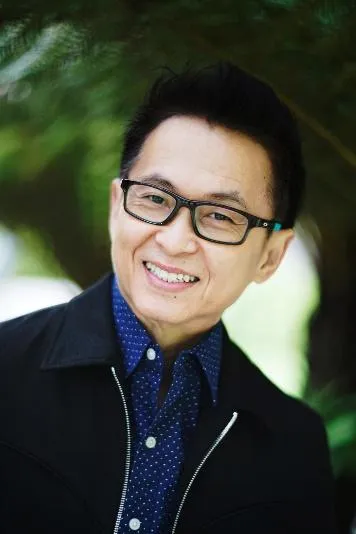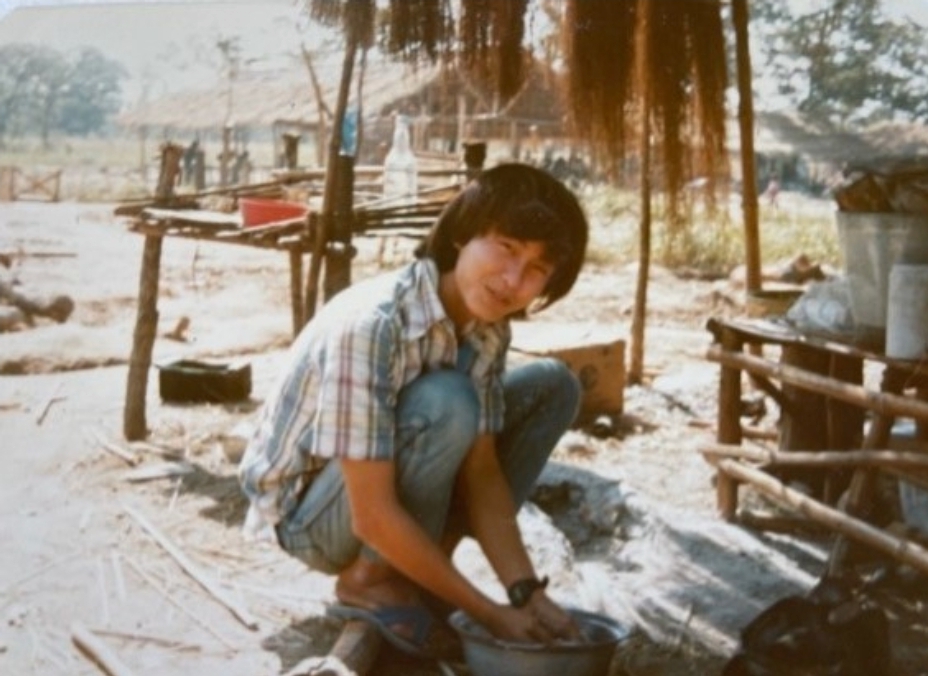The Cambodian genocide from 1975 to 1979 left millions to succumb to death, while many faced forced evacuation from Cambodia. It was April 17, 1975, when the Khmer Rouge captured Cambodia’s capital Phnom Penh.
Sieu Sean Do, one of the survivors of the Cambodian genocide, witnessed people being taken away to communal farms and rural camps as the new regime began its devastating and fierce mission of “Year Zero” and creating a peasant Utopia.
During the horrendous reign of terror, Do witness many people being forced to live in a drastic combination of food scarcity and forced labor.
His family also lived in a jungle and worked at the labor camp. With the ongoing atrocities being carried out in a place where Sean grew up living a happy childhood steeped in the historic rural Cambodian rituals.
Do and his family left Cambodia for Vietnam in 1976, three years before Khmer Rouge and Pol Pot’s regime was toppled.
After several deadly skirmishes on the border between the two nations, the Vietnamese Army invaded Cambodia in 1979, overthrowing Pol Pot and the Khmer Rouge.
Pol Pot attempted to expand his control into the newly united Vietnam, but his men were promptly repulsed. However, the genocide and casualties lasted for four years before finally coming to an end.
Arrival in Vietnam
Upon the family’s arrival in Vietnam, they were assisted by a Khmer Rouge soldier who was a childhood friend of Sean’s father. As a soldier, he made sure to help the family in the best possible way because he knew if he failed to help them flee, the whole family would be executed.
He drew maps to help the family escape. When he arrived in Vietnam a year after the conclusion of the American War in 1976, he found that while the country sheltered them in Vietnam, it did not offer them a future.
Cambodian refugees in Thailand’s camps were offered resettlement in Europe, the United States, or the British Commonwealth. So he risked his life once more and returned through northern Cambodia to a refugee camp on the Cambodia-Thailand border.
Time in the Thai-Cambodia Border
Sean spent almost three years at the Thai refugee camp at the border of Thailand. During this time, he joined the International Red Cross and Doctor Without Border as a volunteer. Sean met Dr. Louise E. Braile from Seattle, who worked at the American Refugee Committee and educated Sean to become a physician assistant at the age of 19.
Burrell taught Sean how to diagnose patients, issue prescriptions, and treat patients at the Thai-Cambodian border. He serviced thousands of refugees. Sean also learned the various aspects and responsibilities of being a physician assistant while working in the refugee camp.
Despite all the agony and challenging time, he was put through, Sean keeps a positive outlook. Knowing now that he had post-traumatic stress disorder, he claims the writing process was helpful. After all the suffering he went through, Do’s attitude toward life remained positive?
Helping a Generation to Understand

In 2019, Sieu Sean Do’s debut novel, “A Cloak of Good Fortune,” chronicles the period of his life that ends with his arrival in a Thai refugee camp.
He has shed a broader light on all the events leading him to where he is today. “A Cloak of Good Fortune” is devoid of dates and facts regarding politics and the casualties that killed over 2 million people.
While its 48 short chapters contain pictures of violence, hard labor, torture, and death, the book includes lessons on doing the right thing in the face of adversity.
He is now working on a second book on his experiences in the camp, which will detail the little-known, life-or-death secrets that influenced the desperate immigrants he met there. These migrants tried to adapt while confined in a strange nation to recover from trauma and plan their next steps toward freedom.
Sieu Sean’s work stands out among Cambodian writers since other Cambodian writers simply discuss the killing fields. Other Cambodian works do not confer traditional culture. On the other hand, Sieu Sean’s writing offers a clear image to enable a generation to comprehend and share an incredible traditional culture uprooted by genocide.























 Friday, March 31, 2023
Friday, March 31, 2023


















